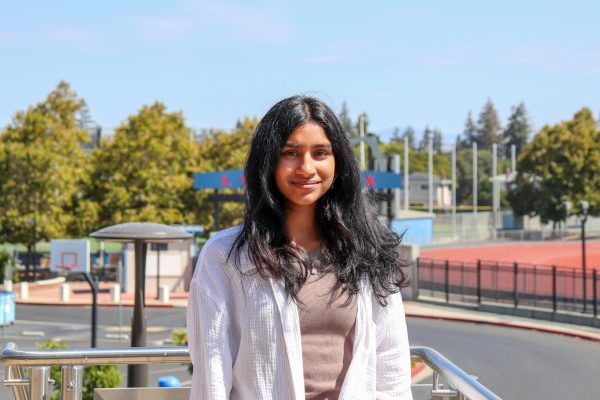Culinary and Spanish classes celebrate Day of the Dead
Students decorate sugar skulls during the Spanish and Culinary Arts classes’ collaboration.
November 9, 2021
Culinary and Spanish classes celebrated the Day of the Dead by decorating calaveras, edible skulls created from sugar, led by Spanish teacher Michael Esquivel and culinary arts teacher Megan Miller.
Dia de los Muertos, or Day of the Dead, is a well-known Latin American holiday celebrated from Nov. 1 to Nov. 3 in many Latin American countries. The colorful food eaten on Day of the Dead represents the liveliness of the holiday, which focuses on celebrating loved ones who have passed away rather than lamenting over their passing. Calaveras, typically made from chocolate or sugar, symbolize a departed soul. To honor the return of one’s spirit, the skulls are typically placed on the ofrenda, an altar that holds a collection of items honoring a lost loved one as a ritual display.
“We’re always looking for cross-curricular activities to do, and it’s been a long-standing thing,” Miller said. “The world language department has always incorporated food into their teaching.”
The Day of the Dead celebration marks the first collaboration between Spanish and culinary classes. For the lesson, Esquivel and his students presented on the Day of the Dead, focusing on its meanings and traditional celebrations.
“I really liked their presentation,” junior and culinary student Janet He said. “I learned a lot about Spanish culture. Having different cultures in the culinary classroom lets a lot of students experience different things.”
Miller presented the process of making sugar skulls and the technical skills involved in decorating them. In total, six classes heard the presentations and were given the opportunity to decorate their own skulls. Miller prepared the lesson by making 180 sugar skulls for the students to decorate.
In the 2019-20 school year, Miller held a similar lesson with Japanese teacher Jeremy Kitchen for his Japanese classes, which inspired this year’s Day of the Dead lesson. They collaborated for an activity called Onigiri Action, for which Japanese students came into the culinary classroom and made rice balls. Kitchen also gave a presentation on onigiri and its importance in Japanese culture.
Miller enjoys collaborating with different departments because it allows her to learn about different culinary cultures and provides her students with opportunities to experience non-traditional lessons.
“I thought it would be a great opportunity for me to learn and then share that learning with my students,” Miller said.
Esquivel typically celebrates Day of the Dead by having his AP students bring in an item to display on the ofrenda in his classroom. Students brought in a photograph or a personal belonging of a family member, friend, celebrity or a person who has passed. However, Esquivel was excited to try something new this year by giving students the hands-on experience of making the food associated with the holiday to understand how it is traditionally prepared.
“Food is very important,” Esquivel said. “The Aztecs believed that the spirits would come back on these days and enjoy the food, and this tradition still lives on today.”
Both Miller and Esquivel have worked hard to design this collaborative lesson and hope to continue this tradition in the upcoming years. Additionally, Miller has already reached out to Kitchen and French teacher Elizabeth Louie for more cross-curricular lessons in the future.
“I enjoyed working with the culinary arts class,” junior and Spanish student David Olmo Marchal said. “Culture is a very important part of our class. Being able to make the food and present it to our fellow classmates is part of learning of the culture, and I honestly think we should do it again.”




























































